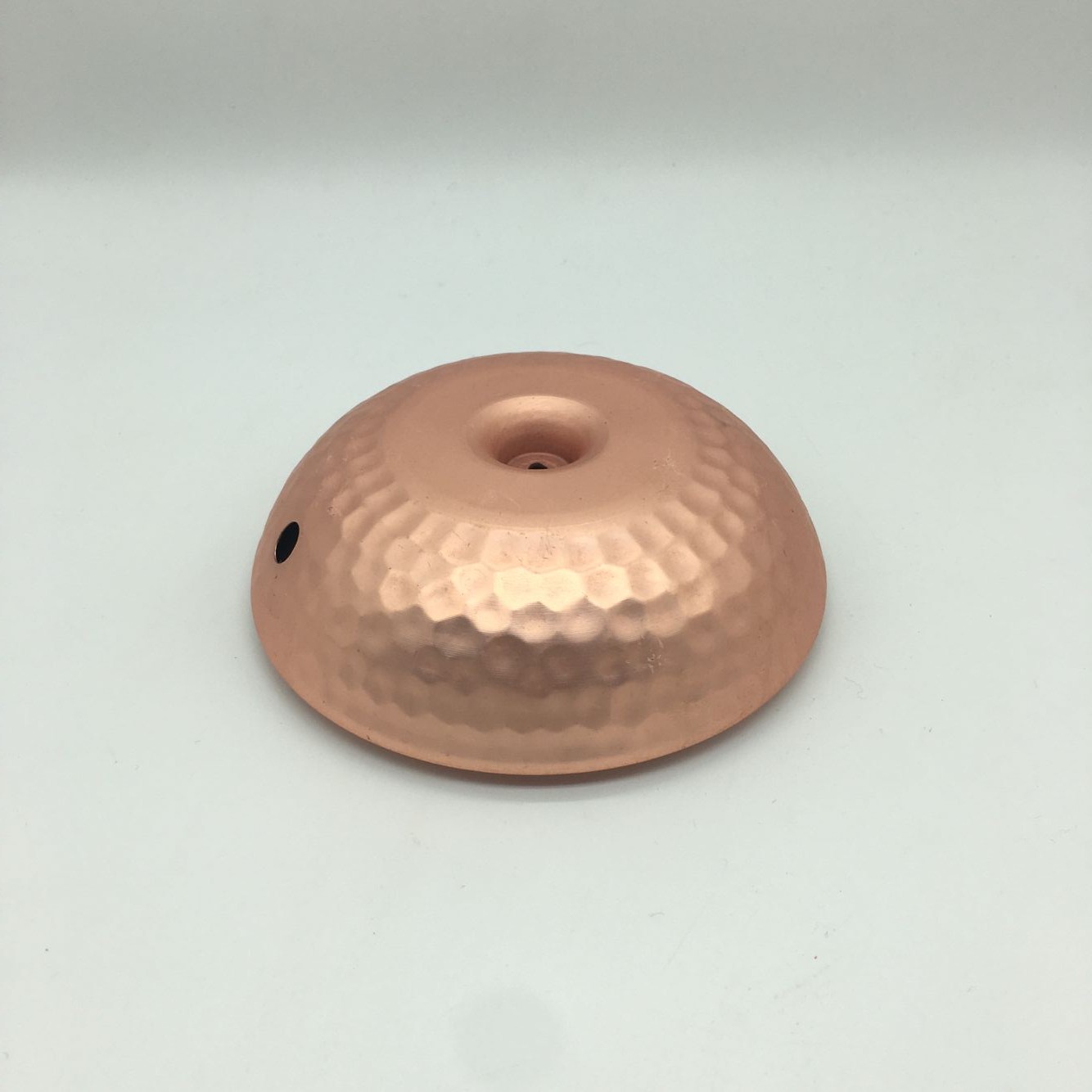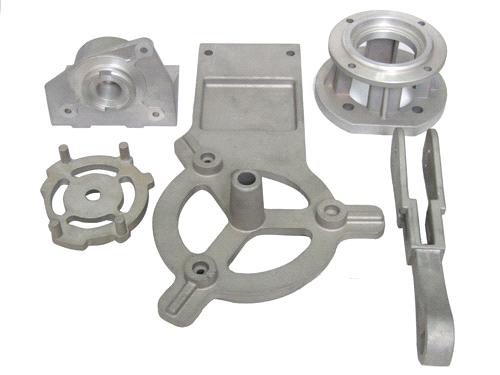What is normalizing?
Normalizing is a heat treatment that improves the toughness of steel. After heating the steel components to 30~50℃ above the Ac3 temperature, they are kept for a while and then released for air cooling. The main feature is that the cooling rate is faster than annealing but lower than quenching. During normalizing, the crystal grains of the steel can be refined in a slightly faster cooling, which can not only obtain satisfactory strength but also significantly improve toughness (AKV value), and reduce The cracking tendency of the member. After some low-alloy hot-rolled steel sheets, low-alloy steel forgings, and castings are normalized, the comprehensive mechanical properties of the material can be greatly improved, and the cutting performance is also improved.
Normalizing has the following purposes and uses:
① For hypoeutectoid steel, normalizing is used to eliminate the superheated coarse grain structure and Widmandering structure of casting, forging, and welding parts, and the banded structure in the rolled material; refine the grain, and can be used as a pre-heat treatment before quenching.
② For hypereutectoid steel, normalizing can eliminate the reticulated cementite and refine the pearlite, which not only improves the mechanical properties but also facilitates the subsequent spheroidizing annealing.
③ For low-carbon deep-drawing thin steel sheets, normalizing can eliminate free cementite at grain boundaries to improve its deep-drawing properties.
④ For low-carbon steel and low-carbon low-alloy steel, normalizing can be used to obtain more fine flake pearlite structure, which can increase the hardness to HB140-190, avoid the phenomenon of “sticking to the knife” during cutting, and improve machinability. For medium carbon steel, normalizing is more economical and convenient when both normalizing and annealing are available.
⑤ For ordinary medium carbon structural steel, in the occasions where the mechanical properties are not high, normalizing can be used instead of quenching and high-temperature tempering, which is not only easy to operate but also stabilizes the structure and size of the steel.
⑥ High temperature normalizing (150~200℃ above Ac3) can reduce the composition segregation of castings and forgings due to the high diffusion rate at high temperatures. The coarse grains after high temperature normalizing can be refined by the second normalizing at a lower temperature.
⑦ For some low and medium carbon alloy steels used in steam turbines and boilers, normalizing is often used to obtain bainite structure, and then tempered at high temperature, it has good creep resistance when used at 400-550 °C.
⑧ In addition to steel and steel, normalizing is also widely used in heat treatment of ductile iron to obtain pearlite matrix and improve the strength of ductile iron.
Since normalizing is characterized by air cooling, ambient temperature, stacking method, airflow, and workpiece size all affect the organization and performance after normalizing. The normalized structure can also be used as a classification method for alloy steel. Usually, alloy steels are divided into pearlitic steel, bainitic steel, martensitic steel, and austenitic steel according to the microstructure obtained by air cooling after heating a sample with a diameter of 25 mm to 900 °C.




